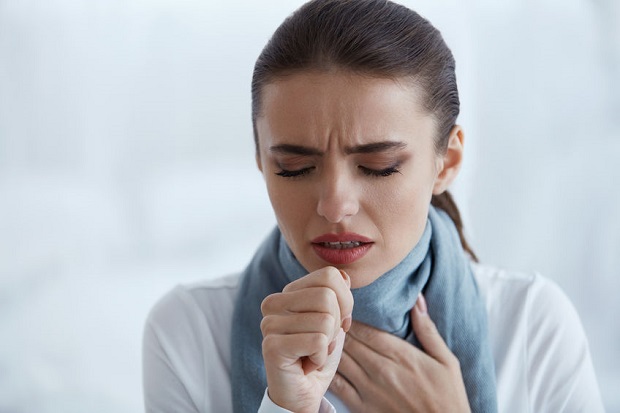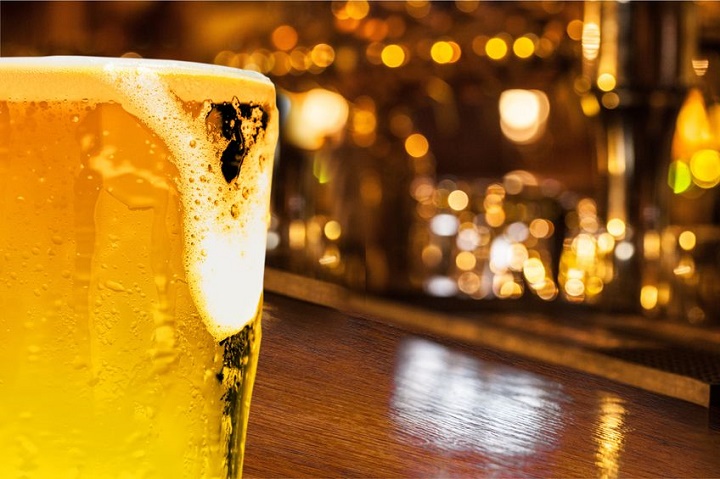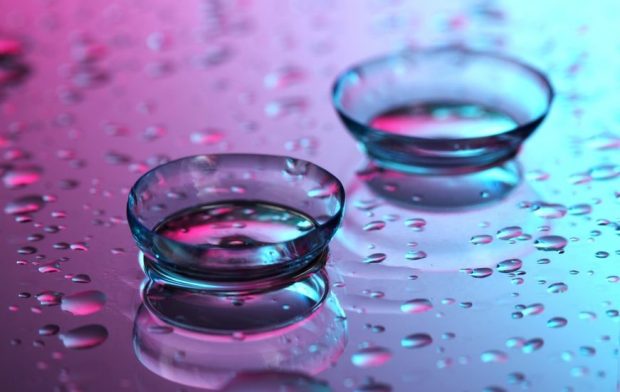
How to Prevent Age Spots
Since age spots are strongly related to chronic sun exposure, preventing age spots is as simple as protecting your skin from the sun. [1] Retiring the sun goddess is not merely a vain gesture to preserve youthful skin; according to the Skin Cancer Foundation, roughly 90 percent of nonmelanoma skin cancers and 86 percent of melanomas are associated with exposure to ultraviolet (UV) radiation from the sun. [2]
Steps to Preventing Age Spots
- Wear Sunscreen
- Wear Skin-Protective Clothing
- Wear a Sun-Protective Hat
- Choose UV Blocking Sunglasses
- Avoid the Sun During Peak Hours
Wear Sunscreen
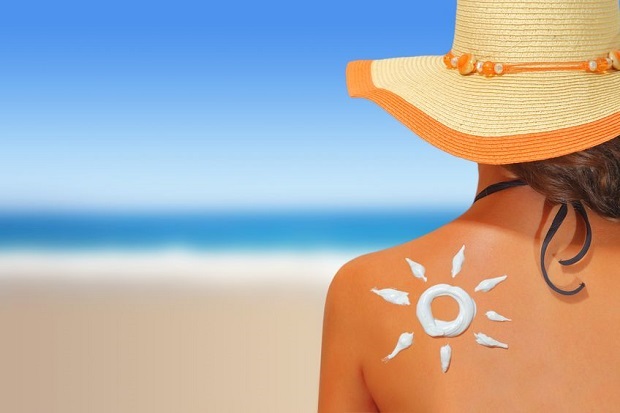
Healthcare professionals have been shouting the mantra from the rooftop for years, “wear sunscreen!” Age spot prevention begins with skin protection. The American Academy of Dermatologists advises wearing a water-resistant sunscreen with an SPF of at least 30 that protects against UVA and UVB rays year-round. [3]
The Academy recommends applying sunscreen fifteen minutes prior to going outside on all skin-exposed areas. They also remind not to forget the lips, suggesting a lip balm that contains an SPF sunscreen of 30. You should reapply sunscreen every two hours or after sweating or swimming. [4]
Wear Skin Protective Clothing
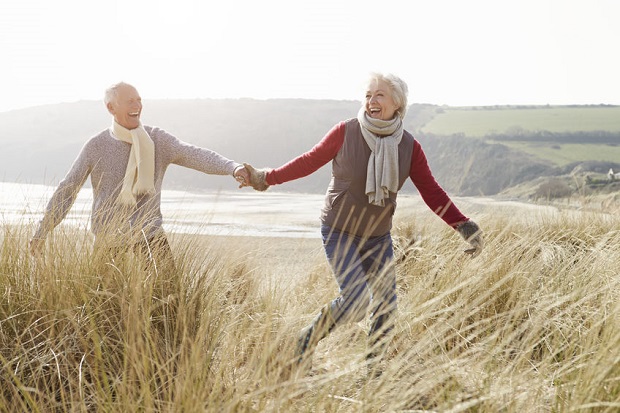
Covering sun-exposed skin is another line of defense to prevent age spots. Fabrics with tighter weaves and darker colors are generally more sun protective. For the best protection, choose clothing rated for sun safety. Clothing designed for sun protection has an “Ultraviolet Protection Factor” (UPF) label similar to sunscreen’s SPF label. [5]
The Federal Trade Commission (FTC) regulates UPF labeling. According to the FTC, the UPF label indicates how much of the sun’s UV radiation is absorbed by the fabric. As an example, a fabric with a UPF rating of 20 only allows 1/20th of the sun’s UV radiation to pass through it. This means that this fabric will reduce your skin’s UV radiation exposure by 20 times where the fabric protects it. [6]
Look for UPF labels between 15-50. Its UPF must be at least 15 to be considered a sun-protective fabric and peaks in effectiveness at around 50. The FTC also warns that even the best sun-protective clothing may lose its effectiveness if it’s too tight or stretched out, damp or wet, and if it has been washed or worn
repeatedly. [7]
Wear a Sun Protective Hat
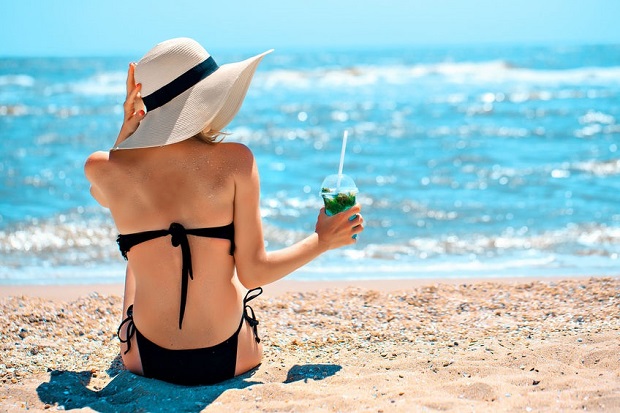
According to the Skin Cancer Foundation, most skin cancer develops in areas exposed to the sun, especially the face, ears, neck, scalp, shoulders, and back, which is the basis for the argument that hats are not only fashionable; the right one can decrease your chances of skin damage including age spots. [8]
When looking for a hat for sun protection, the Centers for Disease Control (CDC) advises choosing one with a wide brim that will offer the most sun coverage. The brim should encircle the entire hat. A baseball cap with only a frontal brim offers no coverage for the ears and neck. The material you choose will affect sun protection as well. Look for a hat with a tight weave. A straw hat with holes will offer much less protection than a canvas or denim hat. [9]
Choose UV Blocking Sunglasses

Choosing the right sunglasses can help protect the skin around the eyes and the eyes themselves from damage. According to the American Academy of Opthalmology, UV rays can damage the eye’s surface tissues, cornea, and lens. They further warn that, over time, damage can lead to cataracts, macular degeneration, and other vision-stealing eye conditions. [10]
The Academy shares these tips on choosing the best sunglasses for sun protection:
- The ability to absorb and block 100% of the UVA and UVB light.
- Choose the largest lenses possible for complete eye and surrounding skin coverage. Oversized or wrap-around styles work best.
Avoid the Sun During Peak Hours

Avoiding sun exposure during peak hours should be your primary defense against sun damage. The American Skin Association recommends avoiding the sun between 10 a.m. and 4 p.m. when the sun’s rays are strongest. They remind that UV rays can be just as strong on cloudy, hazy days. [11]
Expert Opinion
“The best way to prevent age spots from sun damage is sun avoidance and protection. . . Since so much time is spent in cars, . . .protective film should be installed in car windows. This film protects against UVB rays, the rays causing skin and age damage.”
Nicholas Perricone MD, FACN “How to Prevent Age Spots” Blog.PerriconeMD
“The best way to treat age spots is to prevent them. Eating foods rich in antioxidants and taking nutritional supplements can help protect your skin. Among the antioxidants, carotenes—natural compounds found in red, yellow, and orange fruits and vegetables are especially beneficial for preventing age spots.”
Marc A Goldstein MD, et al. “Your Best Medicine: From Conventional and Complementary Medicine–Expert-Endorsed Therapeutic Solutions to Relieve Symptoms and Speed Healing” Rodale 2008
Resources
- [1] Choi W, Yin L, Smuda C, Batzer J, Hearing VJ, Kolbe L. Molecular and histological characterization of age spots. Exp Dermatol. 2017 Mar;26(3):242-248. doi: 10.1111/exd.13203. Epub 2017 Feb 9. PMID: 27621222; PMCID: PMC5342934.
- [2] Skin Cancer Foundation – “Skin Cancer Awareness Month Reminder: It’s Never Too Early or Too Late to Reduce Your Skin Cancer Risk.“
- [3][4] American Academy of Dermatology – “Sunscreen FAQs.“
- [5][6][7] FTC Facts for Consumers – “Sunscreens and Sun-Protective Clothing.“
- [8] Skin Cancer Foundation – “Skin Cancer 101.“
- [9] Centers for Disease Control – “Sun Safety – Skin Cancer.“
- [10] America Academy of Opthalmology – “Tips for Choosing the Best Sunglasses.“
- [11] America Skin Association – “Sun Safety.“
DISCLAIMER: THIS WEBSITE DOES NOT PROVIDE MEDICAL ADVICE. The information, including but not limited to text, graphics, images, and other material on this website, is for informational purposes only. No material on this site is intended to be a substitute for professional medical advice, diagnosis, or treatment. Always seek the advice of your physician or other qualified healthcare providers with any questions you may have regarding a medical condition or treatment before undertaking a new healthcare regimen, and never disregard professional medical advice or delay in seeking it because of something you have read on this or any other website.
